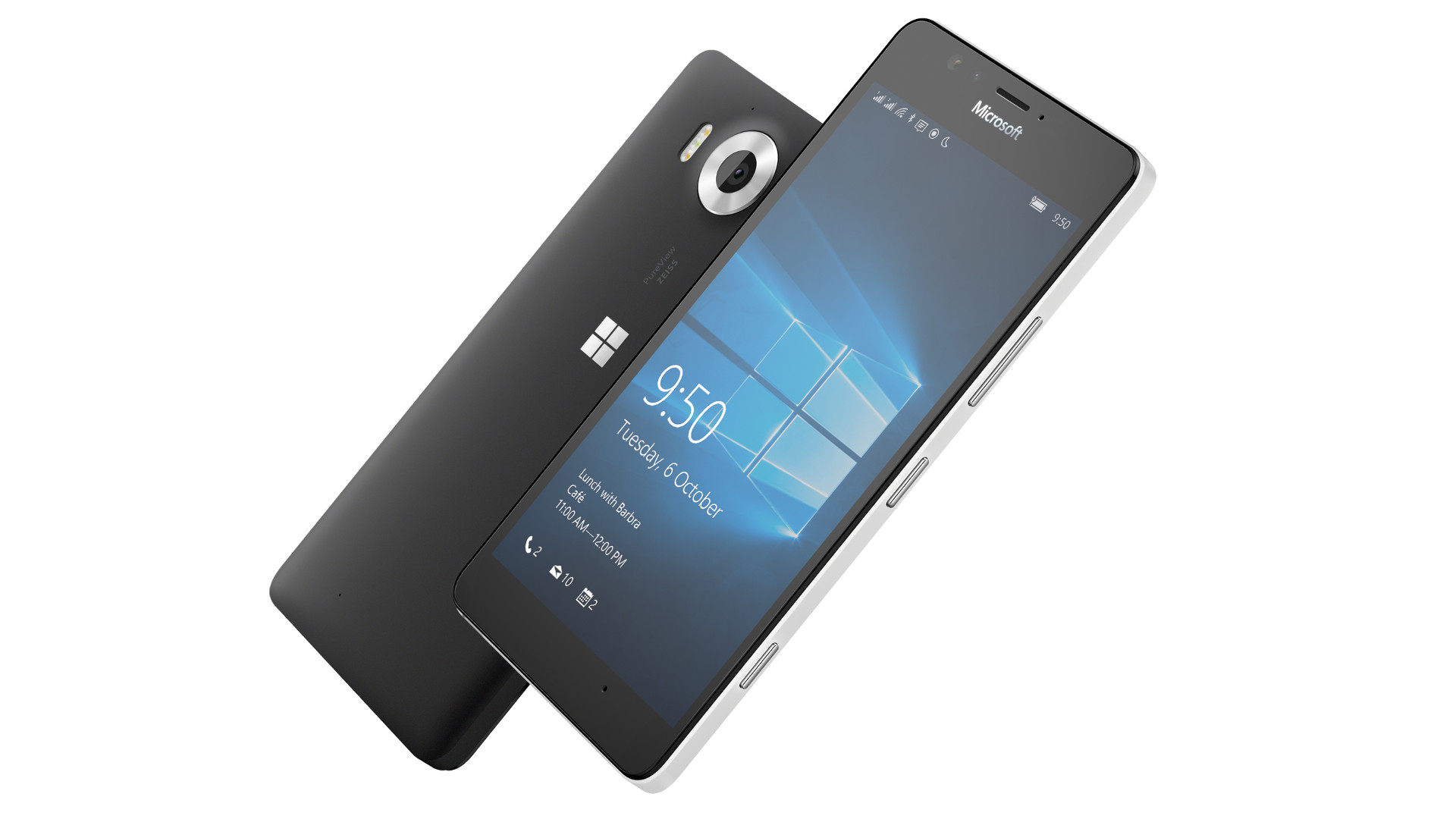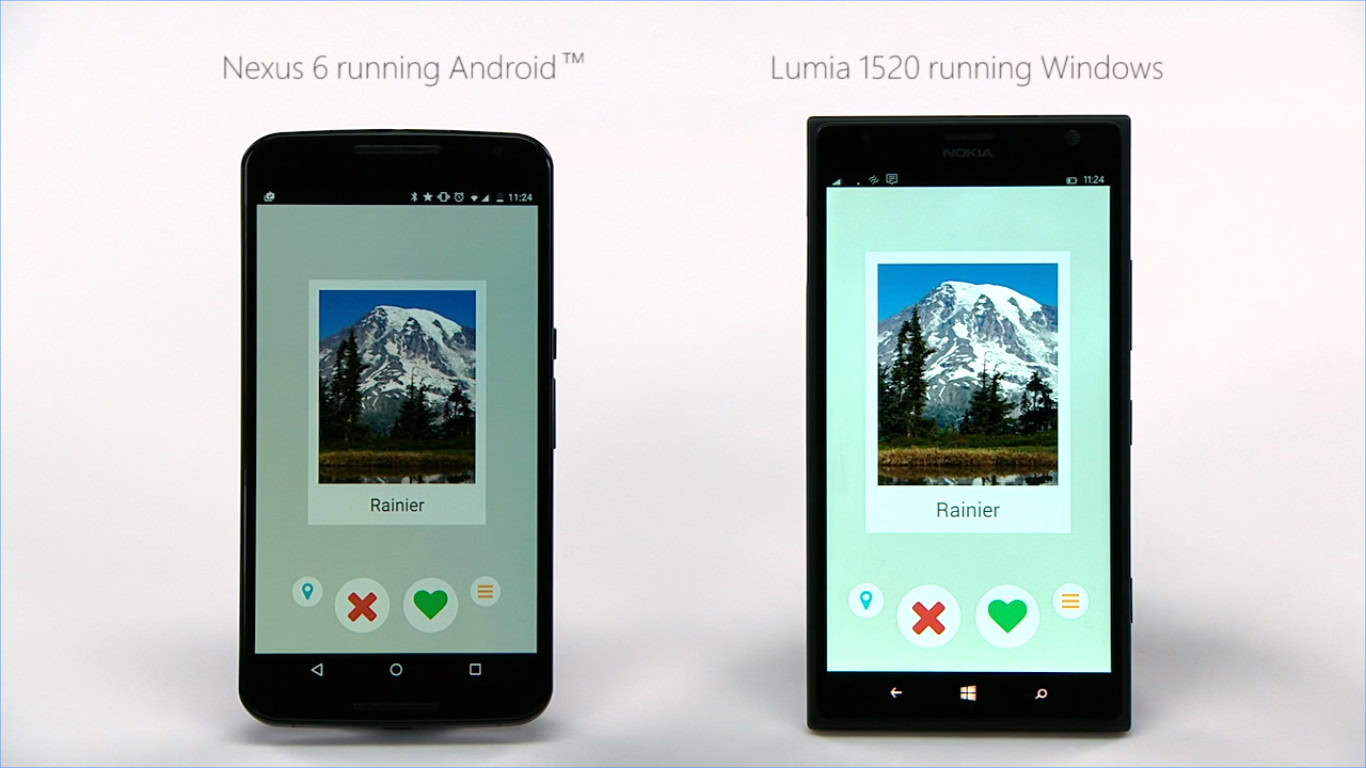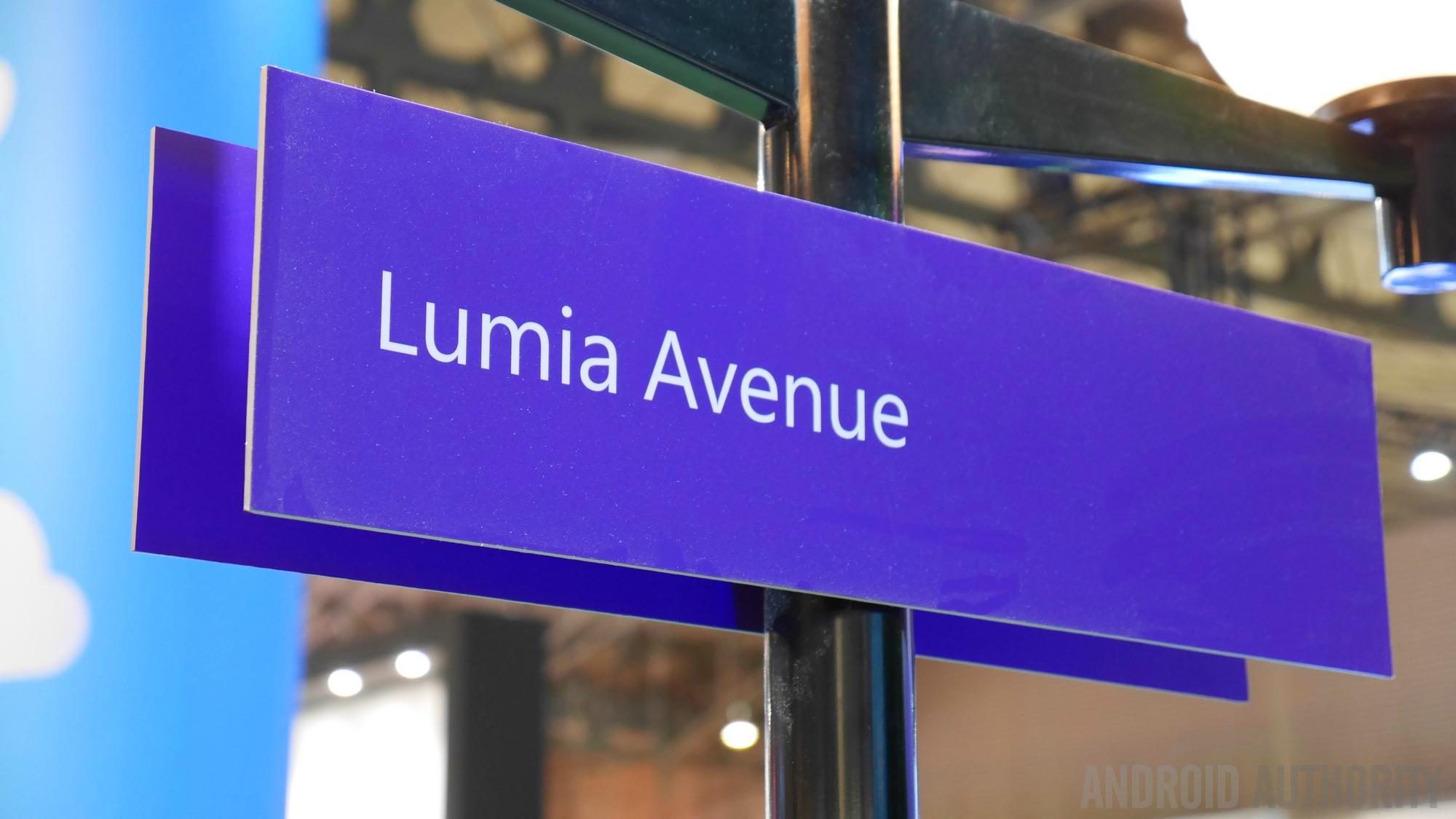Affiliate links on Android Authority may earn us a commission. Learn more.
Did you know: Windows 10 Mobile (almost) supported Android apps

The overwhelming majority of smartphones on the market today are powered by Android or iOS, but it wasn’t long ago that Microsoft was in the game with Windows Phone and Windows 10 Mobile.
Windows 10 Mobile was Microsoft’s last attempt to gain traction with a smartphone operating system. It offered a distinctive Live Tile interface, a desktop mode for external displays, and support for universal Windows apps.
Unfortunately, the Achilles Heel for Microsoft’s latest mobile OS continued to be a lack of apps compared to Android and iOS. This would be a significant contributing factor to the platform’s demise, but did you know that Microsoft was in the advanced stages of bringing Android app support to Windows 10 Mobile?
Project Astoria

Microsoft initially developed multiple software “bridges” for Windows 10 Mobile, with the purpose of helping developers easily port their apps from legacy Windows, iOS, and Android. The first two bridges, dubbed Project Islandwood and Project Centennial and designed for porting iOS and Windows, respectively, actually saw the light of day.
The third bridge, dubbed Project Astoria, was unfortunately pulled from Windows 10 Mobile ahead of its commercial release. However, the Android sub-system was available on preview builds of the then-new operating system, giving users an idea of what to expect.
It’s one thing to facilitate easier porting of apps from one platform to another, but Project Astoria and the associated sub-system was a little more advanced. The project actually made it possible for end-users to install Android apps on their phones too. To do so, you needed to enable developer mode on your phone running the Windows 10 Mobile preview, install the APK2W10M internal app on your PC, connect your phone to the PC, and then deploy the desired app.
Preview builds of Windows 10 Mobile allowed you to run Android apps without modifying the APK files.
Granted, this wasn’t exactly easy for the average consumer, but the fact that APK files worked without modification highlighted just how far in development these tools were and how little effort would have been needed to bring Android apps to the stable version of the platform.
I was able to install several apps — such as Steam and Reddit Sync — on my Lumia 1020 at the time of the Windows 10 Mobile preview program in 2015. But there were definitely a ton of apps that didn’t run properly, owing to glitches, crashes, or simply the lack of Google Play Services. Nevertheless, for a brief moment, it felt like the app gap was close to being narrowed in a big way.
Microsoft pulls the plug

Unfortunately for tinkerers and Windows Phone users hoping for more apps, the Redmond giant made the decision to pull Project Astoria from the final Windows 10 Mobile release in late 2015. Microsoft’s reasoning felt a little strange, even back then.
“We received a lot of feedback that having two Bridge technologies to bring code from mobile operating systems to Windows was unnecessary, and the choice between them could be confusing,” the company stated in an update explaining Astoria’s cancellation. Would developers really feel confused about whether to port the Android version of their app or the iOS version?
Another belief is that Microsoft killed Project Astoria because it represented a threat to its Universal Windows Apps initiative and apps taking full advantage of Windows Phone features (e.g. Live Tiles, Metro UI). After all, the early Windows 10 Mobile builds containing the Android subsystem were able to run plenty of APK files without any modifications to them.
More on Microsoft: 8 improvements and additions we’d like to see on the Surface Duo 2
Ars Technica suggested that Microsoft may have been trying to avoid legal troubles by ditching Project Astoria. More specifically, the outlet noted that Microsoft intended to create its own “workalikes” for Google APIs not included in AOSP. It’s suggested that this would’ve drawn legal scrutiny due to the Oracle/Google trial at the time over Android itself.
Even if Project Astoria ended up in the final version of Windows 10 Mobile, there’s no guarantee that Android apps alone would’ve been able to keep the platform alive. The BlackBerry 10 platform boasted support for Android apps at its 2013 launch. Unfortunately, despite improvements like a runtime based on a newer version of Android and dropping the requirement for APK files to be converted to BAR files first, BlackBerry still killed its platform in favor of proper Android in later years.
Project Astoria’s legacy does officially live on though, as a Microsoft engineer confirmed that the Linux subsystem for Windows 10 — which allows you to run Linux command-line tools and programs on your PC — was derived from work on the Android to Windows bridge.
We’ve also seen unofficial solutions pop up to enable Project Astoria on Windows Phones once again, but these involve plenty of tinkering and reverting to Windows 10 Mobile developer previews. Either way, it definitely serves as another stark reminder of what could’ve been for Microsoft’s ill-fated mobile platform.
This is the tenth post in our “Did you know” series, in which we dive into the history books of Android and consumer technology to uncover important and interesting facts or events that have been forgotten over time. What do you want to see us cover next? Let us know in the comments.
- Did you know: This 2014 Galaxy phone had 10X optical zoom
- Did you know: The first Nokia Android phone was released way back in 2014
- Did you know: This was the first water-resistant Android phone
- Did you know: The Surface Duo wasn’t Microsoft’s first dual-screen foldable
- Did you know: HTCowned Beats before Apple
- Did you know: The LG V40 opened the era of modern triple camera phones
- Did you know: Samsung once thought Android was a joke
- Did you know: Android was originally designed for digital cameras
- Did you know: The Samsung Galaxy Note was mocked and predicted to flop at launch